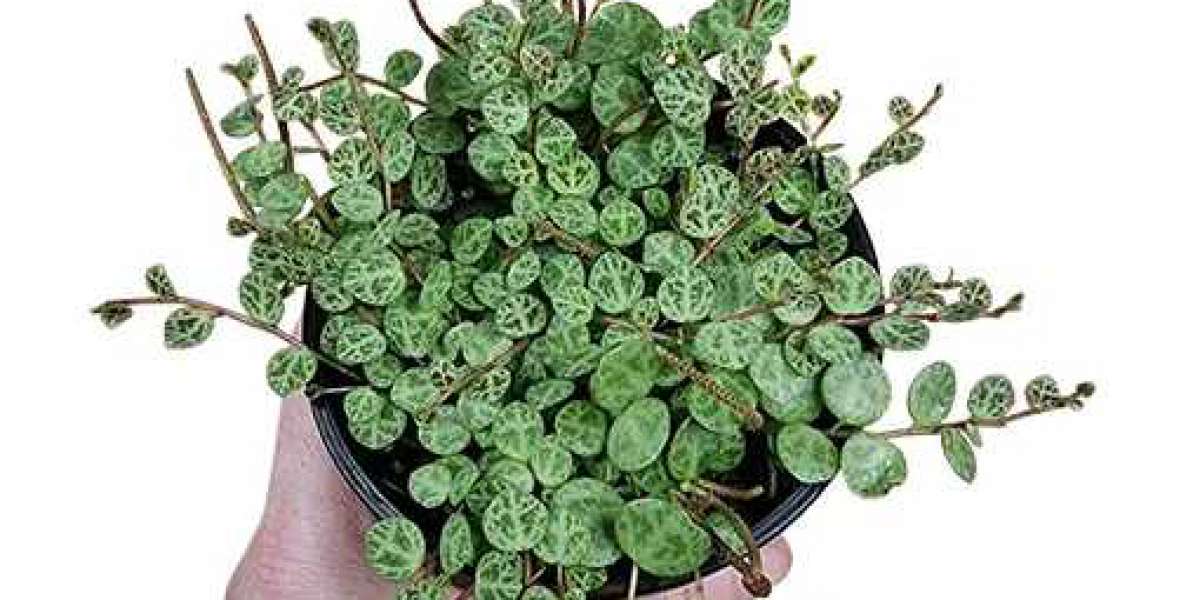Succulent enthusiasts are often captivated by the mesmerizing beauty of the String of Turtles (Peperomia prostrata) plant. With its distinctive turtle-like pattern and cascading growth habit, this succulent has become a sought-after addition to indoor gardens. Beyond its visual charm, the "https://www.thejunglecollective.com.au/plant-family/peperomia-radiator-plants/peperomia-prostrata-string-of-turtles/">String of Turtles also offers an exciting opportunity for propagation – the art of growing new plants from a single leaf. In this comprehensive guide, we'll explore the unique world of String of Turtles propagation, uncovering lesser-known techniques, tips, and insights to help you successfully nurture your succulent collection.
Understanding the Propagation Process
Propagation might sound complex, but with the String of Turtles, it's a fascinating journey accessible to beginners and experienced gardeners. Propagation involves encouraging a leaf to develop roots and grow into a new plant. It lends itself well to this process due to its pliable leaves and innate ability to sprout roots under favourable conditions.
Step-by-Step String of Turtles Propagation
- Selecting the Right Leaf: Choose a healthy leaf from your String of Turtles plant. Opt for a mature leaf with no signs of damage or disease. Gently twist the leaf from the stem, ensuring you get a clean break.
- Callus Formation: Allow the detached leaf to air dry for a day or two. This process, callus formation, reduces the risk of rotting during the next stages.
- Planting the Leaf: Once the leaf has formed a callus, place it on top of a well-draining succulent soil mix. You can mist the soil lightly before placing the leaf to provide a bit of moisture.
- Root Development: Over the next few weeks, roots will start to emerge from the base of the leaf. You'll notice tiny white roots extending into the soil. This signifies successful propagation.
- Growth of New Plantlets: As the roots develop, new plantlets will emerge from the base of the leaf. These plantlets will begin to grow into full-fledged plants.
- Transplanting: Once the new plantlets have established a few sets of leaves, you can carefully transplant them into their pots. Be gentle when separating them from the original leaf.
Expert Tips for Successful Propagation
- Patience is Key: String of Turtles propagation requires patience. Roots and new growth can take several weeks to appear, so resist the urge to rush the process.
- Avoid Overwatering: While some moisture is essential, overwatering can lead to rot. Water sparingly and ensure the soil has excellent drainage.
- Provide Indirect Light: Place your propagating plants in an area with bright, indirect light. Harsh sunlight can scorch the delicate leaves.
- Monitor Humidity: String of Turtles prefers slightly higher humidity levels. You can place a clear plastic dome or bag over the propagating leaf to create a mini greenhouse effect.
The Unique Joy of Propagation
What sets String of Turtles propagation apart is the sense of accomplishment and connection it provides. Watching a single leaf transform into a cluster of thriving plantlets fosters a deeper appreciation for the natural world. As each tiny plantlet grows and flourishes, it serves as a reminder of the intricate beauty of life and the nurturing role gardeners play.
In Conclusion
A string of Turtles propagation unveils a world of wonder within the realm of succulent gardening. This process, though requiring patience and care, offers a profound sense of satisfaction as you witness life sprouting from a single leaf. With the right techniques, environment, and dedication, you can cultivate your lush collection of String of Turtles or any other plants like "https://www.thejunglecollective.com.au/plant-family/alocasia-elephant-ear-plant/alocasia-zebrina/">Alocasia Zebrina, transforming a single leaf into a thriving garden of captivating succulents.







